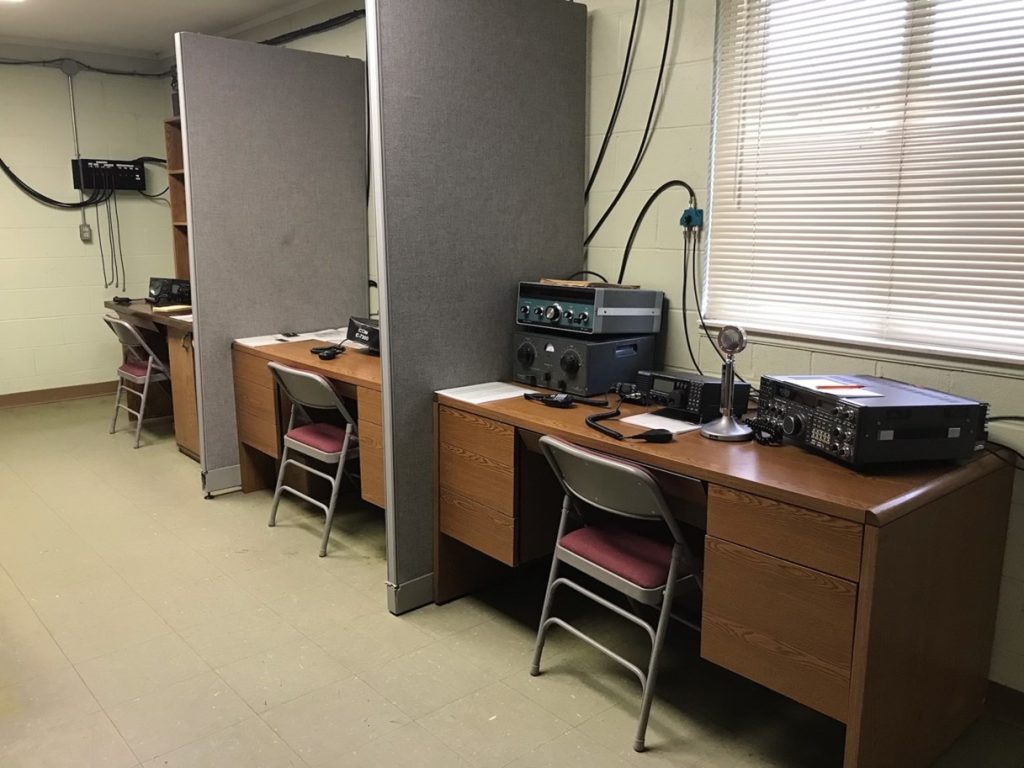4-H is a non-formal, educational development program offered to students ages 5 through 19. Ohio 4-H youth development reaches more than 240,000 kids each year, preparing them for success by helping them “learn by doing” through hands-on activities.
The Greene County, Ohio, program offers over 200 different 4-H projects with 200 adult volunteers. With over 40 different clubs to choose from, Greene County 4-H focuses on active involvement and quality experiences which simulate lifelong learning of values and skills. 4-H members learn lessons in leadership, communication, and collaboration while increasing their knowledge in math, science, technology, and a variety of other topics.
Kids can increase their self-confidence and interpersonal skills through community clubs, camps, in-school and after-school activities, and summer programs, while learning about specific subjects—anything from animals and computers to public speaking, cooking, art, gardening, environmental sciences, and, yes, amateur radio!

Led by former Sherriff Gene Fischer, KX8GCS, SK, Greene County started an amateur radio 4-H club called the “Ham Radio Club” in 2020. To get kids involved, literature touted, “Ham Radio brings people, electronics, and communication together. Learn this skill to talk across town, around the world, or even into space, all without the internet or cell phones. It’s fun, social, and educational.”
The Greene County 4-H Ham Radio Club was thought to be the first of its kind in Ohio. It provides its young members with opportunities to explore science, technology, engineering, art, and math (STEAM) through amateur radio communications and related electronics projects. Club meetings are focused on hands-on activities and community events, as well as asking what projects the youth are interested in learning.
Through generous donations from nearby clubs and individuals, a wonderful three-position shack was built in a room off of the meeting location. This gives members the chance to practice what they learn as well as make their first contacts and become more proficient on the air.

The very first HF contact of this new amateur radio group was made by youth member KE8PZB to Joe Eisenberg, K0NEB. It was a great first contact and both parties were excited to have been a part. Shortly after, the first international contact was made from an unlicensed member to GM8OFQ in Scotland. The club members plan to place pins in a map hanging in the shack to track all the fun places they have contacted.
Curious what a 4-H radio project could look like? From the Greene County 4-H Radio Club:
AREAS OF INTEREST AND THINGS TO DO
Every self-determined 4-H project has various areas of interest. Each area offers specific things members can address during their project adventures. Using the 4-H 365 Self-Determined Project Guide, identify at least three areas of interest with at least three activities per area to explore. Take your ideas from the list below or make up your own.
History
- Research how communication has changed over the centuries by reading “A Brief History of Communication” at localhistories.org/communications.html. Make a timeline chart to share with your club.
- Explain the different situations of ham operators during World I and World War II. Start your research at hamradioprep.com/history-of-ham-radio. Write a summary of each situation.
- Study how women contributed to amateur radio at themarysue.com/female-ham-radio-operators. Create a poster showing the impact they made.
- Explore how amateur radio has helped in various emergencies at arrl.org/amateur-radio-emergency-communication. Share what you learn with club members or friends in another group.
Licenses
- Explore the three types of licenses at arrl.org/ham-radio-licenses. Explain their differences to your project helper.
- Successfully complete one of the license tests—Technician, General, or Amateur Extra. The Technician license is the entry-level license. Make a copy of your license and keep it with this project.
- Explore the rules and regulations for operating amateur radios at arrl.org/fcc-rules-and-regulations. Bookmark this site so you can refer to it easily.
- A record of your contacts is not required by the FCC, but you might find it useful anyway. Find out more about keeping a log at arrl.org/keeping-a-log and create one of your own.
- Learn about call signs and what each letter and number means. If you could create a vanity call sign, what would yours be? Find out if it is available at arrl.org/advanced-call-sign-search.
Equipment
- Prepare a list of items needed to communicate over amateur radio. Include the basics and accessories, and the price of each item.
- Visit dummies.com/programming/ham-radio/how-to-operate-a-ham-radio-in-an-emergency and become familiar with handling an emergency using amateur radio. Print the list of the steps and keep it handy.
- Make a poster of the various abbreviations and common terms used in ham radio culture. Check out this glossary at arrl.org/ham-radio-glossary.
- Explore the different safety hazards associated with radio transmissions. Make a list of five hazards and how to prevent or avoid them. Start your research at arrl.org/safety.
- Amateur radio operators sometimes use diagrams to show how their components are connected. A standardized symbol represents each item. Review these electronic schematic symbols at radioing.com/hamstart/symbols.html. Print this page so you can refer to them as needed.
Career Development
- Participate and volunteer in a local ham radio event with a parent or other trusted adult. Start by searching online for a “ham radio event near me.”
- Give a demonstration on various radio communications at a club or county event. For example, show how to communicate with other 4-H members across the United States or around the world, or show how to help those in a natural disaster.
- Interview or shadow a local ham radio operator. Keep track of what you learn and share your findings with your project helper. Be sure to send a thank-you note after your visit.
- Explore three careers that use amateur radio skills at arrl.org/careers-and-amateur-radio. Record in a journal what you like about each one, what kind of post-high school education is needed (trade, college, or something else), and which courses to take in school now to help you reach this goal.
- Connect and communicate over amateur radio with another 4-H member or other group member in a different county or state. Log the date, time, who you spoke with, and a summary of what was discussed.
Questions? Share them in the comments below or email me at KE8FMJ@gmail.com

